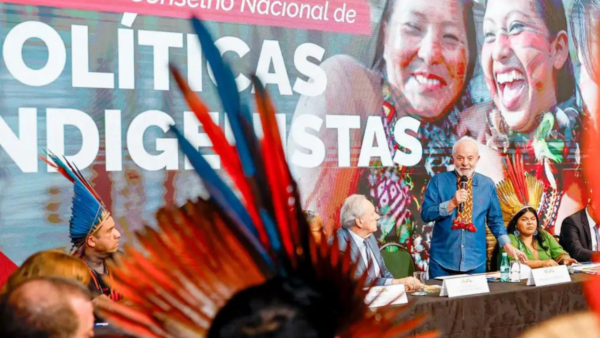New data released on Monday by Brazil’s Federal Council of Medicine confirms the unequal distribution of doctors between the country’s urban centers and rural areas.
According to the Council’s data, there are almost 564,500 practicing doctors in Brazil, equivalent to 2.56 physicians per 1,000 inhabitants. But this number varies greatly depending on the region and type of area, with a notable urban/rural divide.
Over half of Brazilian doctors work in one of the 27 state capitals, where there is an average coverage of 6.21 doctors per 1,000 patients. Meanwhile, the rest of the territory has a coverage of 1.72 physicians per 1,000 inhabitants.
Fifty-eight percent of Brazil’s doctors work in the Southeast region, which includes the wealthy and populous states of São Paulo and Minas Gerais, as well as Rio de Janeiro and Espírito Santo. There are 3.22 doctors per 1,000 inhabitants in the Southeast. Just 4.6 percent of the country’s doctors work in the poor and sparsely populated North region, which covers most of the Brazilian Amazon and has a doctor-population ratio of 1.34 per 1,000.
“Most professionals opt to live in the states of the South and Southeast, and in state capitals, due to better working conditions. Those who live in the North, in the Northeast, and in poorer municipalities, in rural areas, feel the lack of investment in the health sector, precarious employment contracts, and the lack of opportunity,” the Federal Council of Medicine’s chairman, José Hiran Gallo, said in a statement.
This in turn affects the quality of the healthcare service received by the local population and the working conditions for other healthcare professionals.
The Federal Council of Medicine argues that Brazil has enough doctors to adequately attend to the entire population, but that a lack of policies to attract doctors to needy areas — and keep them there — results in this unequal distribution of the professionals across the country’s vast territory.
Indeed, by 2028 Brazil is expected to have 3.63 doctors per 1,000 inhabitants, overtaking the doctors-per-capita ratio of many Organization for Economic Co-operation and Development (OECD) countries such as New Zealand (3.4), Finland (3.2), France (3.2) and the United Kingdom (3.0).
Already today, Brazil’s ratio is on par with countries such as the U.S. (2.6), Japan (2.5), and Chile (2.2).
“The country has never had so many practicing doctors. This happened due to a combination of factors: the high rate of growth of professionals has been maintained, there is a consistent increase in new registrations, more professionals entering than leaving the labor market, a younger profile and more professional longevity,” said Mr. Hiran Gallo.
The number of physicians in the country almost tripled in two decades, growing from some 200,000 in the year 2000 to close to 565,000 in 2022.
The new government led by Luiz Inácio Lula da Silva is planning to bring back the More Doctors program, which was scrapped by the previous administration and which sought to bring physicians to underserved communities.


 Search
Search






































